Shaking up the status quo
Leading creativity can be paradoxical because it often includes destruction, uncertainty, and conflicts, says professor of practice Niina Nurmi.
The next ten years will bring the biggest design challenges we’ve ever faced. Here we showcase a wide variety of projects that prepare us for these sustainable transformations.
We have to act – now. Instead of building dystopias, we at Aalto University want to develop futures worth living for. Futures that are even better than what we currently have.
The Unfolded magazine articles concentrate on contemporary issues dealing with creativity, experimentation, and transdisciplinary co-creation.


An idea that may sound crazy at first can be the key to solving significant challenges. Aalto University provides a favourable environment for daring initiatives that can lead to the discovery of some genuinely novel solutions.

Radical ideas and prototypes contributing to a resource-wise future. The exhibitions and online lectures are open to everyone, and they belong to the official Helsinki Design Week programme.
Thriving in today’s fast-changing world requires creativity. The Aalto Creativity Symposium (September 10–11, 2021) welcomes everyone who wants to better understand the science of creativity.

Creativity is an important capability as we spark the game changers of tomorrow, and renew our society. A culture of radical creativity supports learning from exploration, experimentation and failure.

Creativity is experimenting, and therefore a valuable skill for us all to master in a constantly changing and complex world. Radical creativity does not appear overnight, but we can build capabilities for it, says Dean Tuomas Auvinen.

Aalto aims to take an internationally leading position concerning radical creativity and its leadership.
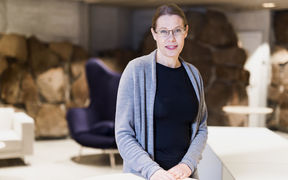

Research on computational intrinsic motivation could answer some fundamental questions about the nature of creativity, but also improve household robotics or even self-driving cars

Creativity is a buzzword – but what does it mean?
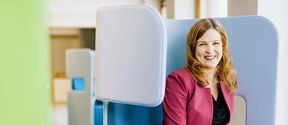
Leading creativity can be paradoxical because it often includes destruction, uncertainty, and conflicts, says professor of practice Niina Nurmi.
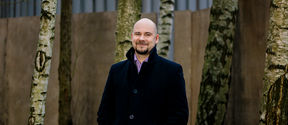
The first Finnish satellite was a creative and very risky project.
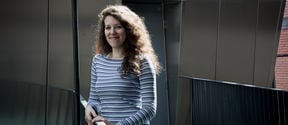
Radical creativity is my elixir, it motivates and revitalises my interest in research and the world at large, says assistant professor Elisa Mekler.

Professor of Practice Lauri Järvilehto says that radical creativity is an important part of entrepreneurship.

Curiosity breeds creativity says professor of practice Tua Björklund.

Henri Weijo focuses on what creativity is and how it can benefit both individuals and society as a whole.
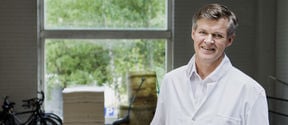
Mixing people with different backgrounds is a nutrient for creativity, says professor Tapani Vuorinen.
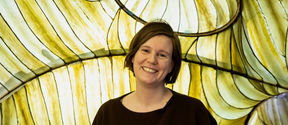
Julia Lohmann considers design a bridge-building discipline that enables collaboration and communication across disciplines.
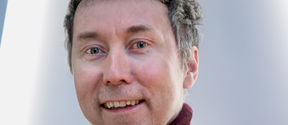
We benefit from online learning approaches that bravely cut across all schools at Aalto University, says Tomi Kauppinen.

The artwork makes the three spiral staircases of the School of Business a zone of tranquillity and silence.

Lohmann’s magnificent seaweed pavilion won the sustainable design category for Dezeen Awards 2020.
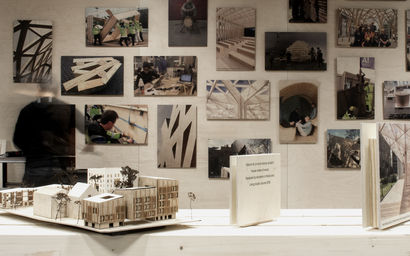
If all the buildings constructed in Finland each year were made of wood, the amount of wood needed for their construction would grow back in ten hours.
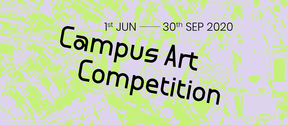
The main themes are sustainability, radical creativity and entrepreneurship.
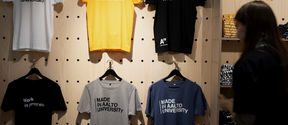
Design offers tools and new perspectives that would not be found otherwise. . It can help make a difference in every field. That is why Aalto University wants all students to have access to design education.

Helsinki Design Week at Otaniemi showcases inspiring future designs related to the UN’s Sustainable Development Goals.

We believe in the promise of teamwork and collaboration. This post provides tips and introduces tools for teachers to utilise in supporting teamwork in project-based courses.

Systemic problems call for changes, and this applies to higher education and research as well. The U-Create seminar discussed the limitations of our current university models and discussed alternative value systems, such as care.

Saving the world starts with textiles, says trend forecaster Li Edelkoort.

Meeting sustainable development goals requires more collaboration between disciplines.

Aalto University's innovative pilot course studied the circular economy, arts and systemic changes.
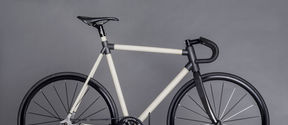
One of Helsinki Design Week's main events, Designs for a Cooler Planet, will showcase Aalto University's cross-cutting future prototypes, such as a nanocellulose bicycle, microbial headphones and Ioncell clothes

CHEMARTS Summer School 2019 explored novel material solutions and their innovative applications

Crops4Luxury (PeltoLuksus) project studied special crops that could replace synthetic textile dyes sustainably and ethically

Concept, (non)manifesto, and facilitation by contemporary design MA students.

Salu Ylirisku, Doctor of Arts, teaches design process and related skills to aspiring engineers at the School of Electrical Engineering.

How do the professors think about the impact of design – both for Aalto University's Strategy 3.0 and beyond

Aalto University’s fifth Artist in Residence Matthew C. Wilson explores the entangled nature of ideas.

Within the next ten years, Finns need to cut down more than 75% of our carbon footprint. The change is enormous, and will be based on new lifestyles, says Michael Lettenmeier.

Design is the method with which we shape our world. The new MA Contemporary Design combines material-led design with critical and conceptual thinking practices.

The exhibition was inspired by the students' own experiences and relationship with the environment, and adapted to fit into the Cultural Centre.

On Thursday, October 17, Aalto University in partnership with STARTS initiative of EU will organize a Seminar Day in BOZAR Centre for Fine Arts in Brussels.

The know-how on sustainability that Finnish society, educational system, and industries have been long excelling in, is something that the world is eagerly willing to learn from Finland and other Nordic communities.

A multidisciplinary research project that addresses the ecological consequences of the human footprint through ceramic art. The exhibition is a part of Venice Biennale during summer 2019.

Revealing human traces in Venice Biennale.

Contemporary design students spent a week in Venice setting up the exhibition and gathering soil samples for the research.

At a time of deep ecological crises, Critical Tide will open our eyes to the urgent issues our oceans face and showcase creative ways of intervening.

Reaching out to non-human stakeholders

From critical design to critical practice

In the end we will conserve only what we love; we will love only what we understand; and we will understand only what we are taught. –Baba Dioum, 1968.





Aalto University promotes creativity in all disciplines and communities. One of our strategic targets is to renew society through art, creativity and design. We are a forerunner in combining art and creative practices with research and education.
